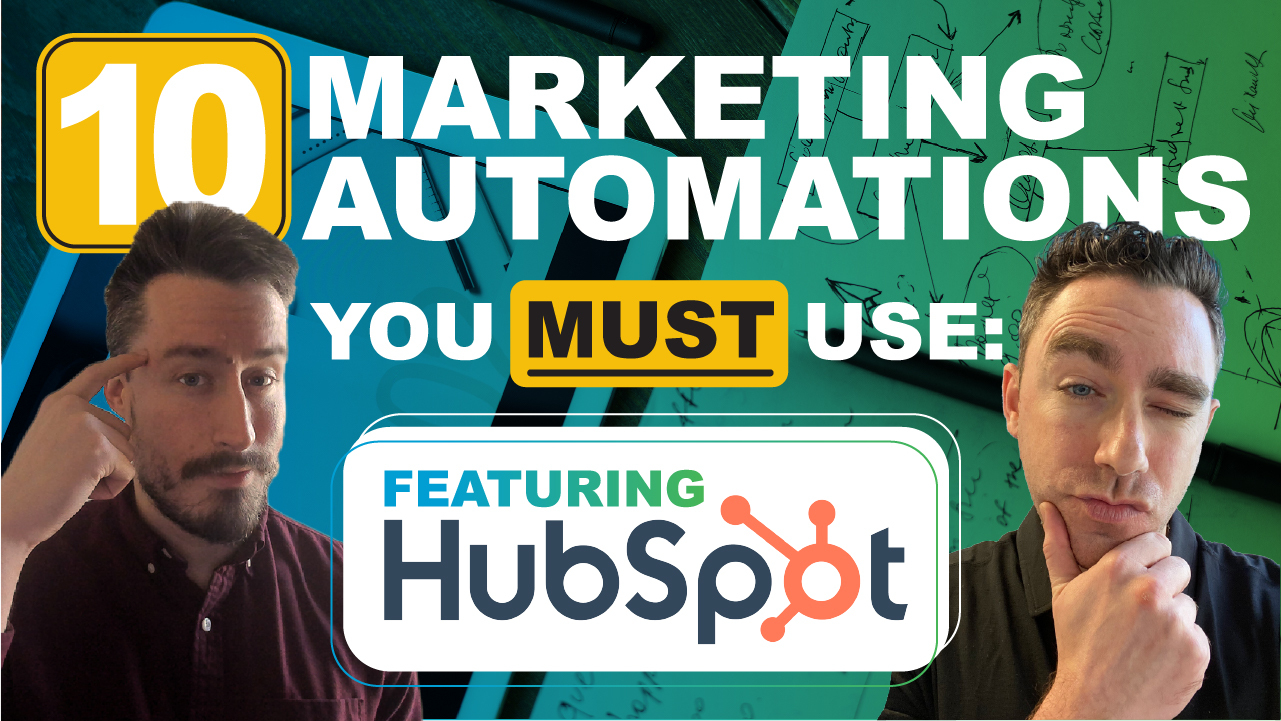
4 form conversion best practices for SaaS optimization
Form conversion best practices are a separate beast from other parts of marketing, so they need their own post. First, we’ll cover some basics related to SaaS conversion. Then, we’ll cover a couple of clever SaaS optimization tricks I keep up my sleeve to tame these finicky, little devils.
Do I really need that?
Ask yourself this question. At a bare minimum, what do you really need to best engage with new leads? What data points are you asking them for now? What element would be a game-changer if you were to stop requiring it on your best lead capture forms?
Most likely, all you really need is email. Having a name helps, too, so you can personalize those emails without having to go through the trouble of figuring out things like someone’s preferred nickname (which is basically impossible to do). For example, think of all the Williams in the world. Now think of all the Wills, Bills, and Billys.
And if you’re saying to yourself that you’re already using the name and/or email only—well, then you’re done! But I bet I can still help you level up your data game. Read on.
Friction
Friction is the evil villain lurking in the shadows beneath an otherwise lovely user experience. And lovely user experiences usually mean high conversion rates. It’s really bad stuff.
The harder we make it for our users to provide their information to us when they’d like to engage further, the less frequently they’ll do so. So whether we’re talking about a basic email signup or the almighty Contact Us page, think about how you can reduce friction. This devious enemy comes in the “form” of things like:
- An excessive number of fields.
- Poor content placement.
- Vague button copy (like “Submit”).
- Overly wordy privacy policies, though you should include something.
- A cluttered design.
Which leads me to an advanced form tactic or two for raising your data game to increase lead conversion…
Get richer data with HubSpot
The world is a big place with no shortage of data available to us marketers. We made a change to our forms at WebMechanix to block email addresses from free domains. Admittedly, it makes some folks unhappy. And I feel great compassion for them. I wouldn’t particularly like it, either. So why draw this line in the sand?
At first, I was pretty anxious about this change; after all, it was my idea. Then, I saw lead quality go up overnight. Our sales team began following up personally with more and more folks. And lots of other vital numbers spun upward.
Then, I had another idea.
We use HubSpot. (In fact, we earned the rare distinction of being a Diamond Certified HubSpot Agency Partner.) And using this tool for lead form optimization is how the magic started to happen.
When a lead submits a form and uses an email address that comes from a business domain, HubSpot goes out and references that domain against a database of millions of business records and returns some useful data. Assuming a match occurs, the platform will automagically create a Company record and then attach the Contact record to the Company record (HubSpot calls leads “Contacts”). Then that useful data HubSpot found in its magical database appends to the Company record in a process called “enrichment.”
There’s just one problem: Most sales teams focus more on individual leads than they do on the companies for which those leads work. It’s a fascinating shortcoming of most marketing automation and CRM platforms to sort of just default to thinking in terms of leads as people, rather than companies. But if you’re in the B2B world, you’re most often selling to the company. The lead becomes the point of contact.
So we talk to leads but sell to companies.
But what if we could reflect all that juicy, enriched Company data on our Contact records in the CRM?
Fortunately, HubSpot has tremendously flexible options for automation. So I cooked up a pretty sneaky recipe to pull that HubSpot enrichment data down from the Company record to the Contact record. Here’s a short video overview of that process:
So with HubSpot contact enrichment, you can ditch a bunch of form fields you may be tied to, like company, phone number, etc. That’s a win-win for your business and your leads.
Hidden fields
There’s a lot of potential in passing hidden fields on your forms. And the endless possibilities can lead me to geek out and get overly technical, which I’ve already promised myself I wouldn’t do. Anyhow, here are two ideas.
One excellent example of using hidden fields is to pass a user’s Google Analytics ID into your marketing automation and/or CRM platform. This trick involves a little magic and isn’t actually doable with every platform. We accomplish this feat with HubSpot and Google Tag Manager. With that data point, we can go back to Google Analytics and lookup an individual user to check out their session info and make inferences about their interests and motivations. If you get really fancy, you could blend the data from your marketing automation app, CRM, or both with data from Google Analytics and have some amazing end-to-end reporting!
A less technical example would be to pass something like a persona through. Let’s say you have ads that you’re targeting toward a specific buyer type. For example, if your product is expensive, you may have an influencer persona that can’t directly buy what you’re selling but can build the business case for it within their company.
If they convert on your page from a specific ad, then you can pass a hidden value like “Persona = Influencer.” Then you could, of course, use the Persona field to tailor follow-up content like “8 ways to sell your boss on selling more stuff.”
Really, the takeaway here is that there’s no limit to what you can do—let your imagination run wild.
HubSpotted Pro Tip:
Once a user becomes a lead and HubSpot establishes a persona, you can use Smart Content in HubSpot to personalize the messaging for that user on subsequent visits. For example, you could replace a generic headline and subhead with something like, “Howdy, Clare, welcome back! Grab your free copy of our business case template.”
Now that you know the form conversion best practices for the SaaS industry, you can rest assured that your forms reach their full potential. Speaking of conversion optimization, what is your biggest struggle with obtaining more conversions? Let me know in the comments below, and our team will try to help.
Most newsletters suck...
So while we technically have to call this a daily newsletter so people know what it is, it's anything but.
You won't find any 'industry standards' or 'guru best practices' here - only the real stuff that actually moves the needle.






